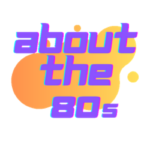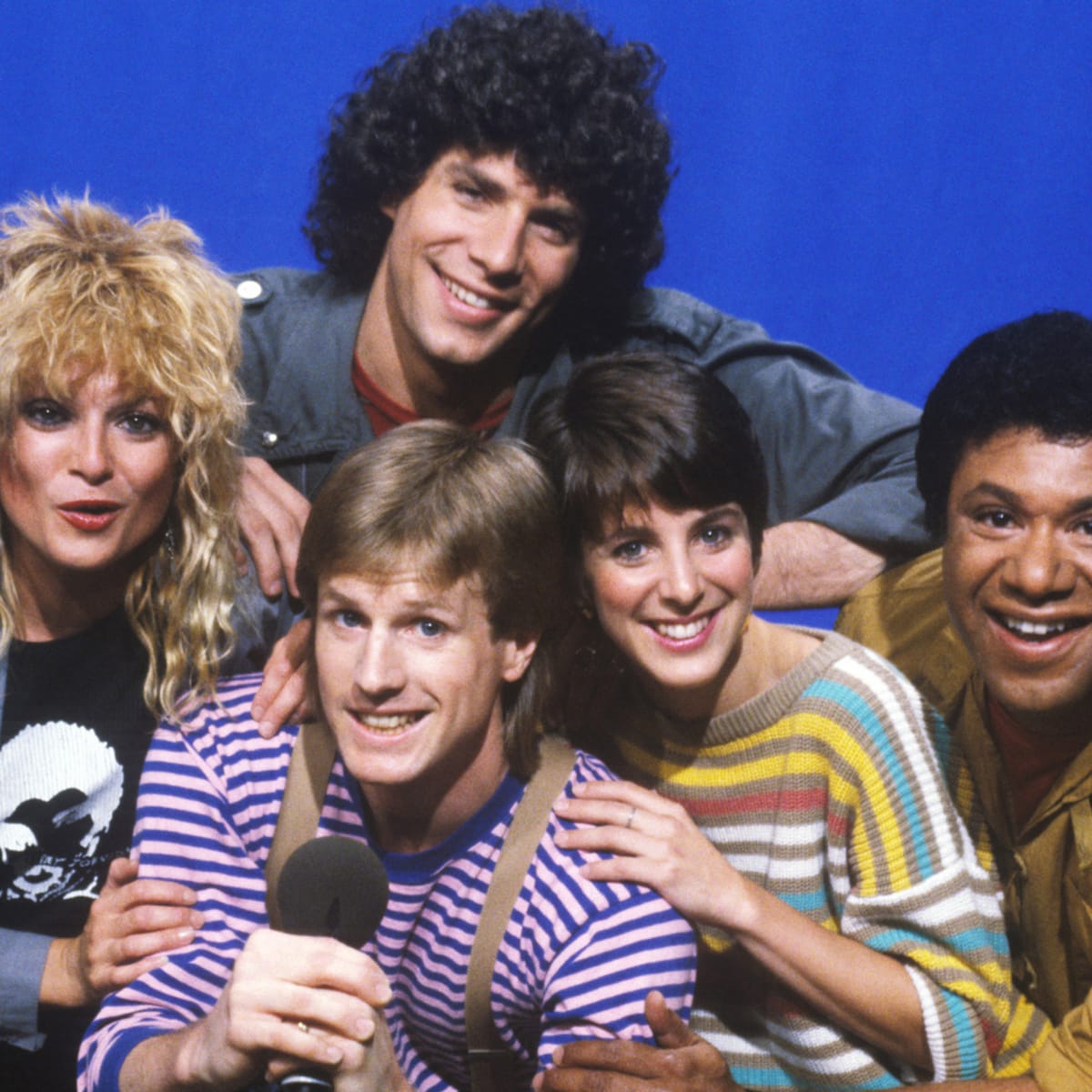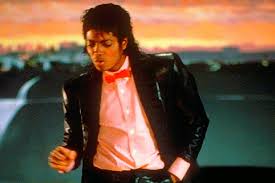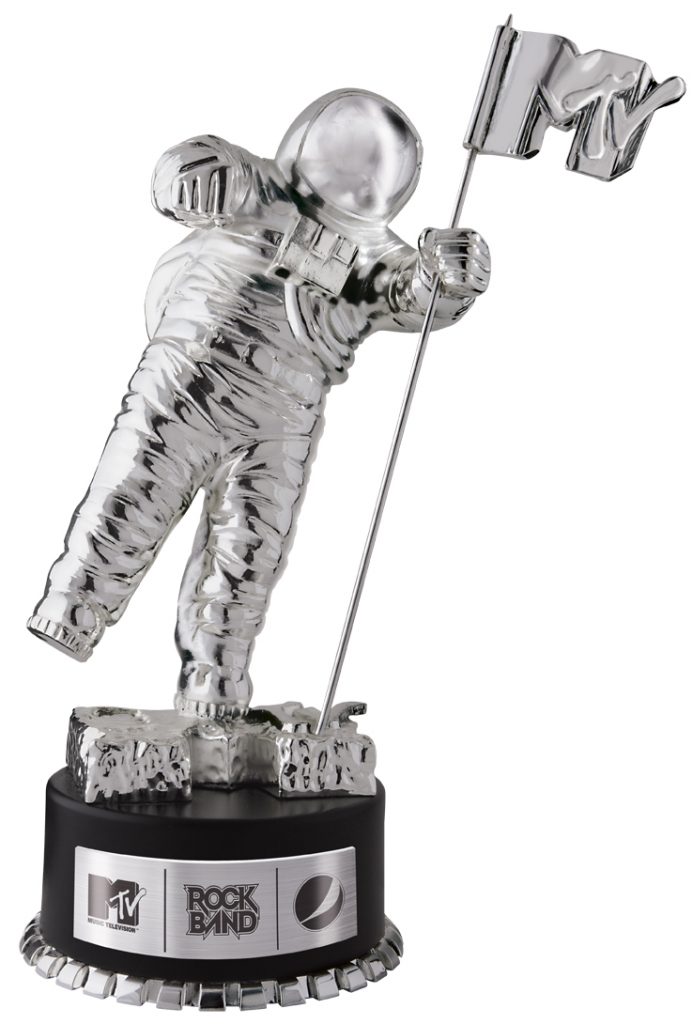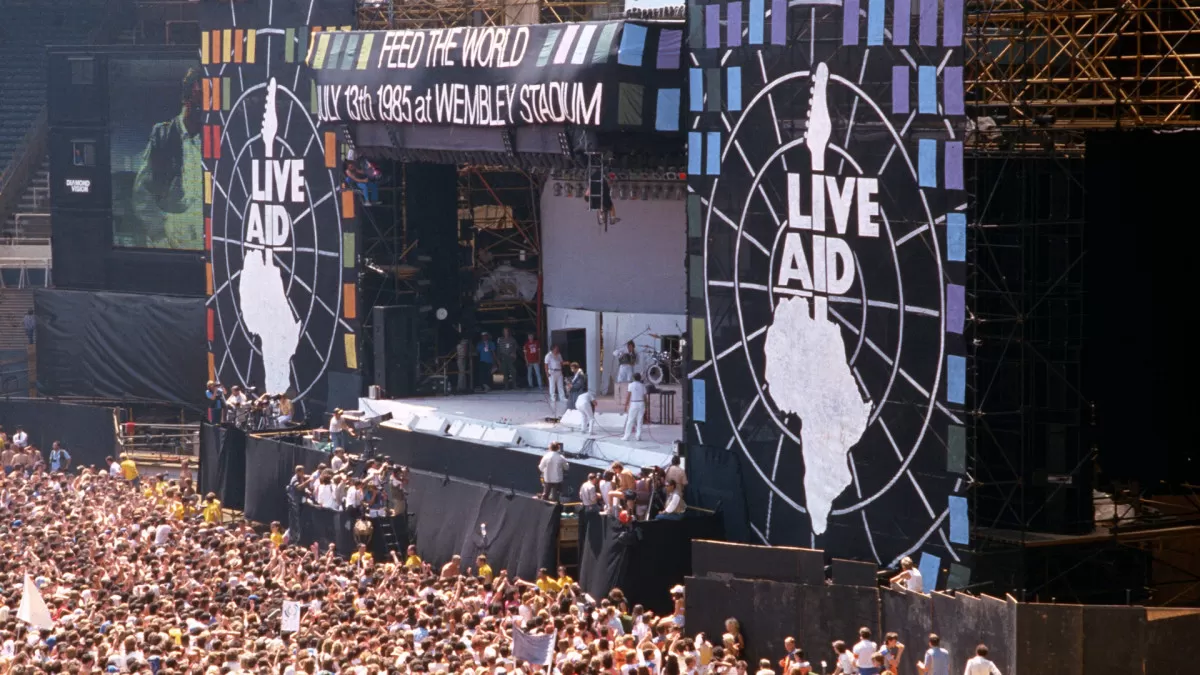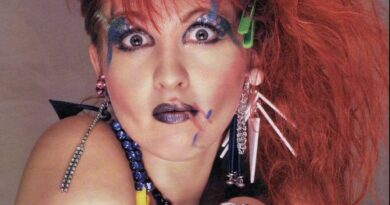8 Things that Made MTV Popular
When you watched MTV back then, what were you watching? Did you watch the never-ending rotation of Michael Jackson and Madonna videos? Or did you like the reality or game shows that came in the early 90s? For me personally, I think they should have stuck with the music videos, since they were its biggest asset that attracted the viewers.
But as the music video broadcasting giant became more mainstream, they decided to dive into the deeper waters of pop culture. This happened right after the station was purchased in 1985 by entertainment conglomerate Viacom Inc. from Warner Communications. They were quick to make some major changes, first introducing video-package blocks based on genre and then straight into game shows, reality shows, cartoons and soap operas. Things just weren’t the same.
But going back to the early days, I want to focus on what exactly made MTV so popular. Everyone loved the concept as everyone from the viewers to record companies benefited from the broadcasting of music videos, but here’s exactly what made the network go viral.
1. 24/7 Free Music Video Broadcasting for Viewers
Before the days of online streaming, the major media platform was TV. There also weren’t many music videos in circulation in the 70s or early 80s since there wasn’t anything to show them on.
But MTV offered new opportunities for artists to connect with their fans. And the amount of viewers just flocked to their TVs to watch their favorite artists perform. There was something on MTV for everyone, including pop, rock and roll, rhythm and blues and alternative music.
Some of the most popular music videos in circulation were Michael Jackson’s “Billie Jean”, “Beat It” and “Thriller” (which is probably why they are still popular today).
2. Promotion of Music Artists
The Buggles have the honor of being the very first group to have their music video “Video Killed the Radio Star” played on MTV, just after midnight on August 1, 1981. They have kicked off what would go down in history as the largest music video channel in history.
Even during its period of struggles just after the initial launch, the video disc jockeys, or VJs, pushed through to introduce new music artists, opening up the market for new stars to make the wall of fame.
Thanks to MTV, stars including Michael Jackson, Madonna, Billy Idol, Duran Duran, Prince, Van Halen, Mötley Crüe and so many more were propelled into fame when their music videos were put into rotation. By the early to mid 80s, MTV became filled with hundreds of videos from various artists, all trying to snag a primetime spot to promote their music.
MTV was also open to playing music of all genres, including country. “Angel of the Morning” by Juice Newton was the first country-music video to air on MTV, which was also aired on the channel’s premiere date.
3. “I Want My MTV!” Slogan
You might have heard the phrase “I want my MTV” in the popular song by Sting and Dire Straits, “Money for Nothing”. The phrase had come from MTV’s first advertising campaign launched in 1982, developed by George Lois who got the idea from a cereal commercial in the 1950s with the saying “I Want My Maypo!”
The first attempt at pitching to the network was a complete failure when he insisted that rock stars like Mick Jagger should be crying out the tagline. So when his associate Dale Pon took over and introduced new creative ideas to get the campaign approved, he took the credit.
The campaign featured popular celebrities and artists, including David Bowie, Stevie Nicks, Mick Jagger, Cyndi Lauper, Billy Idol, Madonna, Lionel Richie, Kiss and so many others. They were interacting with the MTV logo on-air and encouraging viewers to call the hotline to request that MTV be added to their local channel groups.
This is when the slogan became so popular that it made an appearance in the song “Money for Nothing”, whose music video aired on MTV in regular rotation in 1985.
4. Original VJs
The original purpose of MTV was supposed to be music television, playing music videos 24/7 and guided by VJs, or video jockeys (inspired by DJ, for “disc jockey”). Their first slogans were “On cable. In stereo” and “You’ll never look at music the same way again”.
Both young men and women VJs would introduce videos and host their programming, even becoming celebrities in their own right.
The original VJs included each of the following:
- Nina Blackwood,
- Mark Goodman
- Alan Hunter
- J.J. Jackson
- Martha Quinn
The original VJs were hired to fit specific demographics the channel was trying to capture: Hunter, the popular jock, Goodman the affable everyone; Blackwood, the bombshell vixen, Quinn, the girl next door; and Jackson, the hip radio veteran. Although the success at the beginning was still uncertain, so they were told not to buy permanent housing nor quit their second jobs.
The role of the VJs would be to record voiceovers both before and after the broadcasts, including interviews, concert dates, promotions and music news. They would be set to air on MTV 24/7, but they were all pre-recorded and taped within a regular work week at the MTV studios.
MTV had also invited celebrities to become “guest VJs” to record their own favorite music videos and take over the channel for an hour. They would play Billy Idol, Phil Collins, Duran Duran, Tina Turner, Adam Ant as well as comedians like Martin Short, Dan Aykroyd and Eddie Murphy.
5. Promotion of Diversity
During the first few years of MTV, there wasn’t much diversity in the music videos broadcasted. Compared to the numerous artists that took up the majority of the channel, only select black artists made the cut to be broadcasted, including Michael Jackson, Prince, Eddy Grant, Donna Summer and a few others.
One of the major rejections from MTV that gained significant hype was Rick James’ video “Super Freak”. MTV’s reasoning at the time was that it did not fit the channel’s strict album-oriented rock format. But James was enraged, demanding there be more black artists added to the channel. David Bowie also supported these protests, questioning MTV’s motives in selecting videos to air. Carolyn B. Baker, who was also black and original head of talent and acquisition at MTV, questioned why the selection process had to be so narrow and ignorant. But still, “Super Freak” was rejected as Baker stated, “there were half-naked women in it, and it was a piece of crap. As a black woman, I did not want that representing my people as the first black video on MTV.” She has a point there…
Another issue was that there simply weren’t many music videos from black artists at the time, so MTV had a hard time finding them. This was because record companies weren’t funding them, knowing they’d have a difficult time trying to persuade MTV to accept them. So it was a continuous toxic cycle in which made the opportunity to reach fame incredibly challenging for black artists.
One such artist was Michael Jackson. But to finally resolve the major struggle and “break the color barrier”, the president of CBS Records at the time, Walter Yetnikoff, denounced MTV, saying he wanted to air “Billie Jean” without pressure from CBS. It didn’t happen right away, in fact it didn’t even make the “medium rotation” playlist (two to three airings a day) until after it reached No. 1 on the Billboard Hot 100 chart. But before long, it was in “heavy rotation” one week before the debut of the “Beat It” video. It was then this video that became the one that broke the color barrier.
In the following months, Prince’s “Little Red Corvette” video also joined “Beat It” and “Billie Jean” in the heavy rotation playlist. Then “Electric Avenue” by Donna Summer, “Rockit” by Herbie Hancock, and “All Night Long” by Lionel Richie made it soon after.
6. Benefits for Record Companies
MTV provided record companies with a great revenue source for featuring their artists’ songs and videos on TV. In 1984, record companies and artists also focused on creating their own video clips for their music. And as profits and budgets grew, there was more money to invest in choreography to film dance videos. One prime example was Michael Jackson’s “Thriller”, “Beat It” and “Smooth Criminal” videos. Madonna’s videos also incorporated various jazz and break dancers while Duran Duran used heavy makeup and intense costumes to incorporate tribal elements in their videos. From then on, MTV had a major influence on both dance choreography and music.
On November 3, 1984, MTV announced that it would introduce changes to its playlists to add more categories, including New, Light, Breakout, Medium, Active, Heavy and Power, to accommodate the influx of videos. This would open the door to new artists and record companies to ensure they got the exposure they deserved. The Medium category included the established hits that were still expected to climb to the top 10 and the Heavy were for the biggest hits.
7. MTV Video Music Awards
The MTV Video Music Awards were one of the best hits for MTV, honoring the best artists in the music video medium. Even to this day, the Video Music Awards are MTV’s most watched annual event.
The VMAs were first produced in 1984 at New York City’s Radio City Music Hall, punctuated by a live performance by Madonna of “Like a Virgin”. The very first awards were of the MTV moon man, the original image of MTV from the first broadcast in 1981. The ceremony was known as the “Super Bowl for youth”, which highlighted its ability to attract millions of teens and twenty-somethings each year.
Over the years, the famous name of the award was changed from “moon man” to “moon person” and was held between New York and Los Angeles. Although in 2019, there has been a decline in popularity of these awards because of lack of celebrity, credibility, musical diversity, attendances and viewership. The big shutdown was in 2014 when Drake didn’t show up to receive his award.
Another issue was that MTV had been broadcasting only reality TV and drama shows with only graveyard slots available for the music videos. MTV just isn’t the same anymore.
8. Live Broadcasts
Once MTV realized the sky was the limit with music videos in the mid 80s, they introduced live concert broadcasts, which was a huge hit for viewers around the world. On July 13, 1985, MTV broadcasted the Live Aid concert in London and Philadelphia to help raise funds for famine relief in Ethiopia. ABC showed specific highlights, but MTV broadcasted over 16 hours.
MTV also showed Live 8 concerts, a concert series set in the G8 stages in South Africa. There was much criticism for this coverage as the network cut to commercials, other performances and VJ commentary during the live performances. But for its original July 2 broadcast of Live 8, MTV averaged 1.4 million viewers.
What Happened to MTV
As you may remember, Viacom bought out Warner-Amex Satellite Entertainment in 1985, which owned MTV and Nickelodeon, renaming it MTV Networks and starting the expansion. From 1985 and on, the popularity of MTV started to decline when a variety of other shows were introduced, even originally intended for other channels.
The very first non-music programming began in the late 1980s, starting with The Week in Rock, their new music news show. It also introduced a fashion news show, House of Style; a dance show, Club MTV; and a game show, Remote Control.
Even after the success of MTV Video Music Awards, MTV tried to branch out even further into pop culture, introducing MTV Movie & TV Awards in 1992, which still airs today. Then there was MTV Europe Music Awards, or the EMAs that were created in 1994, ten years after the debut of the VMAs.
From then on, new TV genres were thrown in, including cartoons, reality TV, comedy, dramas and more. To me, it just wasn’t the same. MTV was spread too thin, trying to be something it wasn’t and it lost its essence. Nowadays, MTV doesn’t have any content related to music.
On the other hand, there has been a decline in music videos watched on TV as the president of MTV at the time stated, “Clearly, the novelty of just showing music videos has worn off.” He does have a point as online streaming platforms like YouTube and social media have taken over the broadcasting of music videos.
I can understand MTV is trying its best to continue appealing to the younger audiences with reality TV, but the kind of programming that’s airing just isn’t good. It’s not in the news nor do many celebrities endorse it.
Reminiscing in the Memories
Thankfully, there were many memories and stories from the 80s that bring back the legendary music video broadcasting nostalgia. Do you have any special moments or memories with MTV as a kid? Which music videos were your favorites? Did you have to plan your schedule around them so you could be home to watch the VMAs?
I’d love to hear about your stories in the comments below!
